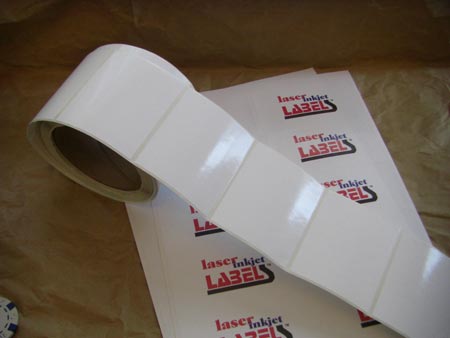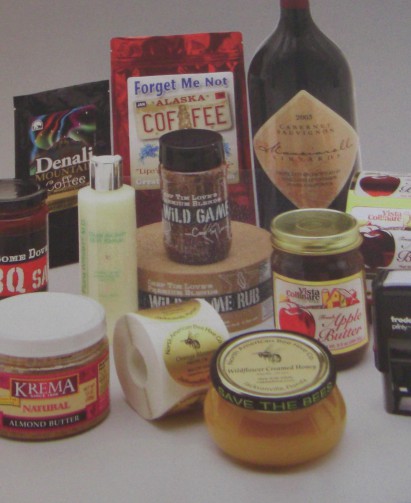Roll label printing and sheet label printing are two popular methods used for creating labels. Both methods have their own advantages and disadvantages, making them suitable for different applications. Roll label printing involves printing labels on a continuous roll of material, which can be cut into individual labels as needed. This method is ideal for large volume production runs, as it allows for efficient printing and cutting of large quantities of labels
.
Additionally, roll labels tend to be more durable than sheet labels, making them suitable for labeling products that may be exposed to harsh conditions. Sheet label printing involves printing individual labels on a sheet of material that is then cut into separate labels. This method is ideal for smaller production runs or when multiple designs are needed on the same sheet.
Sheet labels are also often used in office settings for labeling files, folders, and other documents.
Roll label printing and sheet label printing are two of the most commonly used methods for producing labels. While both methods result in high-quality labels, there are some key differences between the two. Roll label printing involves printing labels on a continuous roll of material. This method is ideal for large-scale production runs, as it allows for faster printing speeds and reduced set-up time.
Roll labels are also easier to apply with automated labeling machines, making them popular in industries such as food and beverage, pharmaceuticals, and logistics. Sheet label printing involves printing individual labels on pre-cut sheets of material. This method is ideal for smaller production runs or custom jobs that require variable data or designs. Sheet labels can be easily handled and stored, making them popular in office environments or for small businesses.
Ultimately, the choice between roll label printing and sheet label printing will depend on factors such as the quantity of labels needed, the complexity of the design, and the intended application.
Roll label printing offers several advantages. Firstly, it is a more efficient method for large-scale printing, as it allows for faster print speeds and reduced downtime between jobs. Secondly, roll labels are easier to apply to products, as they can be easily dispensed using a label applicator or dispenser. Finally, roll labels take up less storage space and are easier to transport than sheet labels.
However, there are also some disadvantages to roll label printing. One of the main drawbacks is that it requires specialized equipment and machinery to print and apply the labels. Additionally, roll labels can be more expensive per unit than sheet labels for smaller print runs. On the other hand, sheet label printing has its own set of advantages. It is more cost-effective for smaller print runs and does not require specialized equipment or machinery.
